
Prey: Mooncrash Review
After teasing more Prey content for the last few months Bethesda finally dropped the Mooncrash DLC alongside a hefty free update to coincide with its E3 reveal. Taking you to the secret Pytheas moon base it shuffles your expectations in surprising ways and brings a lot of replayability to the table but most importantly... is it any good?
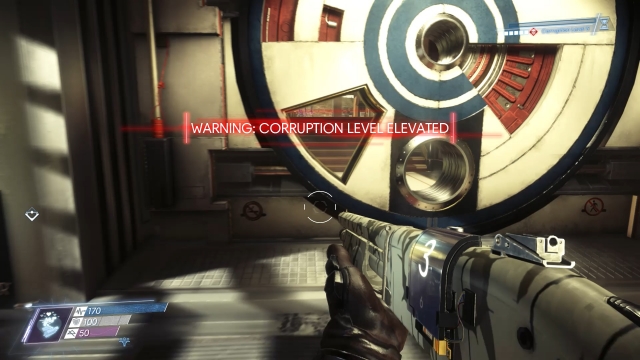
The events of Mooncrash take place after the end of the original Prey’s campaign giving you control of a new character Peter, A Kasma-employed spy, as he tries to figure out why the TranStar base he’s been spying on has gone silent. To do this he enters a simulator, the DLCs central conceit, using a VR headset variant of the Looking Glass technology from the main game so he can witness what’s happened firsthand.
This framing device allows developers Arkane to do something a little quirky with the world they’ve built. In this case they’ve made Prey: Mooncrash into a replayable roguelite experience. Every time you enter the simulation; item placement, hazards, tasks and environmental elements get shuffled around and randomised making each run through different even though the moon base layout itself is always the same.
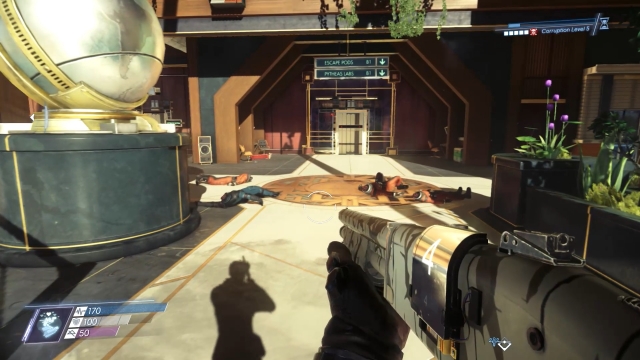
You get to see the events play out from the perspectives of five different characters, with each of them having unique upgrade paths and statistics. They have a specific story objective to complete alongside the general objective of escaping the Moon. To accompany the main tasks there are also a collection of secondary tasks given to Peter by Kasma that tie into the meta nature of the framing story.
So what does this actually mean? As you explore the base, find items and kill enemies you earn Sim Points which you can use the next time you enter the simulator to enhance your loadout, allowing you to purchase weapons, ammo and other items that you’ve discovered plans for within the base’s four areas. Upgrades you’ve performed on characters also stick between runs, this level of persistence means that even in the event of failure you are still making progress whilst also making future runs a little easier.
Each run sees you control each character you’ve unlocked one after another with the actions of every character intact for the subsequent ones, alongside this there are five methods of escape from the Moon with specific characters matching up with a specific escape scenario. With each character having unique abilities like being able to hack or repair items this means that the ultimate objective of finding a way off the doomed station becomes a very intricate puzzle. Having to hack or repair something with one character so another that doesn’t have those abilities can use it to facilitate their escape for example, it’s mind-bending stuff at times.
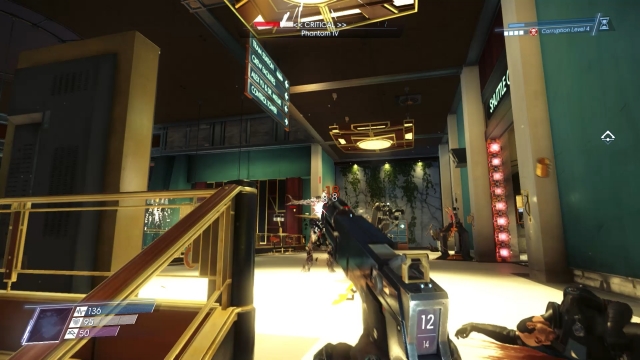
Compounding the variables each run throws at you in terms of randomness is the fact that there is also a time limit of sorts in the form of Corruption Levels. Simply put the simulation is slowly being corrupted whilst you are inside, after a certain period of time this raises which makes the enemies and hazards you face much harder. After five levels of corruption you get forcefully ejected from the simulation ending your run, fortunately there are items you can use to slow this corruption down but it’s an ever present threat.
One of my main concerns going in to this DLC was that its semi-randomised nature would mean there would be little in the way of story and that is partly true, at least on an explicit level. Most of the heavy lifting of Mooncrash’s story is told via the framing device, Peter coming to the end of his assignment on the satellite he’s been spying from and him looking forward to returning to his family, contrasted with how awful corporations are in this universe.
There are snippets of connective tissue with the original campaign through terminal e-mails with environmental elements being suggestive of other events too but it feels disconnected enough where it’s essentially its own thing. Discovering each of the characters and understanding their situations via environmental discovery and completing your main objectives is satisfying enough where it doesn’t feel like a problem that it’s not more hooked into the original.
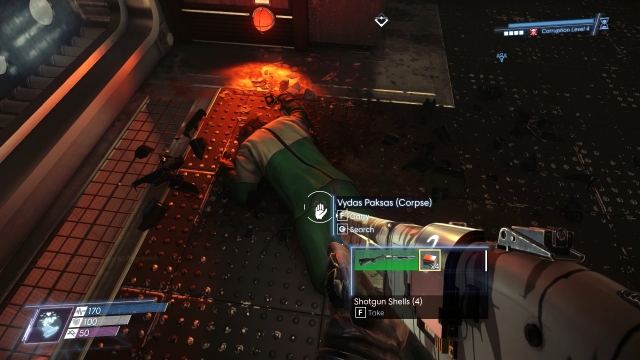
Mooncrash allows you to solve problems in multiple ways much like the main game, usually showing up due to the procedural nature of the simulation, a door in one run might have a keypad requiring a code or hacking whereas the next time it might need repairing or be unlocked completely. If your character doesn’t have the ability required to bypass an obstacle then there is probably a hatch or some other means around it. In many ways it’s a more pure expression of the systems in the main game, just detached from needing to fit a standard narrative.
It does however rely on combat a lot more than the base campaign and unfortunately that was never the strongest part of Prey. To Arkane’s credit however they’ve added new powers to the mix and the randomized nature of what you find makes improvising your way through areas fun and interesting. The amount and severity of encounters ramps up as the simulation’s corruption level increases too so that’s also something you need to keep in mind as you mentally map your way to victory.
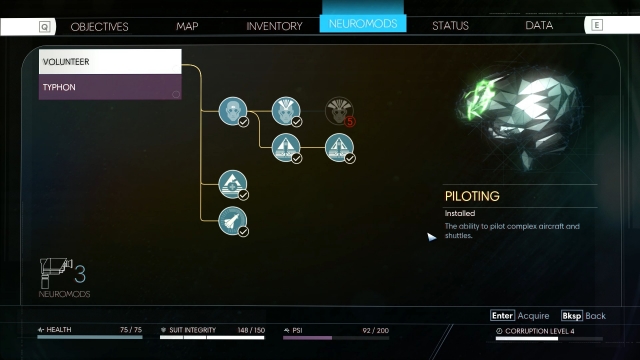
Mooncrash is a curious creation; while it’s not the standard story expansion style piece of content most were expecting it’s perhaps fitting that Arkane saw fit to make something a little different and experimental as a companion piece to their quirkiest title. The repeated playthrough and discovery style might not be for everyone but the DLC's interesting riffs on the persistence and randomised nature of the typical roguelite should be applauded.
For those that just want an excuse to revisit the world and uncover some interesting snippets or just really enjoy titles that encourage replayability there is a lot to like here. I have my doubts that the content is as infinitely replayable as what the marketing would suggest but the randomisation does make each excursion interesting to puzzle out and make you think on your feet.
However if you expected some deeper story revelations or continuation for the characters you know from the main game then you’ll be disappointed. It’s a quirky, interesting and fun concept that explores the world of Prey in broad strokes and focuses on the game mechanics a lot more than it does the characters that inhabit it and that might not be what you want.
Prey - Mooncrash (Reviewed on Windows)
This game is great, with minimal or no negatives.
An interesting attempt to blend roguelite elements within a narrative and a welcome return to Prey’s quirky alien world. It won’t be for everyone but it’s a satisfying, fun and challenging experience for fans of one of last year’s best games.


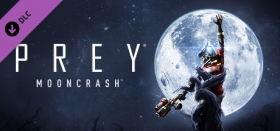







COMMENTS
Acelister - 09:26am, 2nd July 2018
Not quite what I thought the DLC would be, but I've certainly seen worse! Definitely picking it up.
pucechan - 09:31am, 2nd July 2018 Author
It's an interesting thing definitely, it might not be what we expected but it's still a lot of fun!
priya - 09:45am, 6th July 2018
Prey: Mooncrash is an extremely difficult DLC. If you played and finished the original Prey on its highest difficulties like I did, you will still find the DLC very challenging.